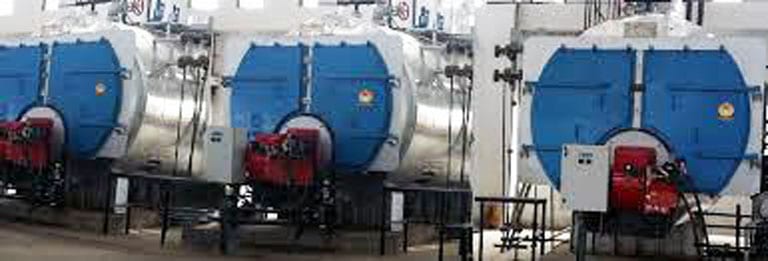Boiler Water Deposits – Part 4
Chemical Treatment for Boiler Deposits

Introduction to Chemical Treatments
Sodium carbonate treatment was the original method of controlling calcium sulfate scale. Today’s methods are based on the use of phosphates and chelants. The former is a precipitating program, the latter a solubilizing program.
Carbonate Control
Before the acceptance of phosphate treatment in the 1930’s, calcium sulfate scaling was a major boiler problem. Sodium carbonate treatment was used to precipitate calcium as calcium carbonate to prevent the formation of calcium sulfate. The driving force for the formation of calcium carbonate was the maintenance of a high concentration of carbonate ion in the boiler water. Even where this was accomplished, major scaling by calcium carbonate was common. As boiler pressures and heat transfer rates slowly rose, the calcium carbonate scale became unacceptable, as it led to tube overheating and failure.

Phosphate Control
Calcium phosphate is virtually insoluble in boiler water. Therefore, the introduction of phosphate treatment eliminated the problem of calcium carbonate scale. When calcium phosphate is formed in boiler water of sufficient alkalinity (pH 11.0-12.0), a particle with a relatively nonadherent surface charge is produced. This does not prevent the development of deposit accumulations over time, but the deposits can be controlled reasonably well by blowdown.
In a phosphate precipitation treatment program, the magnesium portion of the hardness contamination is precipitated preferentially as magnesium silicate. If silica is not present, the magnesium will precipitate as magnesium hydroxide. If insufficient boiler water alkalinity is being maintained, magnesium can combine with phosphate. Magnesium phosphate has a surface charge that can cause it to adhere to tube surfaces and then collect other solids. For this reason, alkalinity is an important part of a phosphate precipitation program.
The magnesium silicate formed in a precipitating program is not particularly adherent. However, it contributes to deposit buildup on a par with other contaminants. Analyses of typical boiler deposits show that magnesium silicate is present in roughly the same ratio to calcium phosphate as magnesium is to calcium in boiler feedwater.

